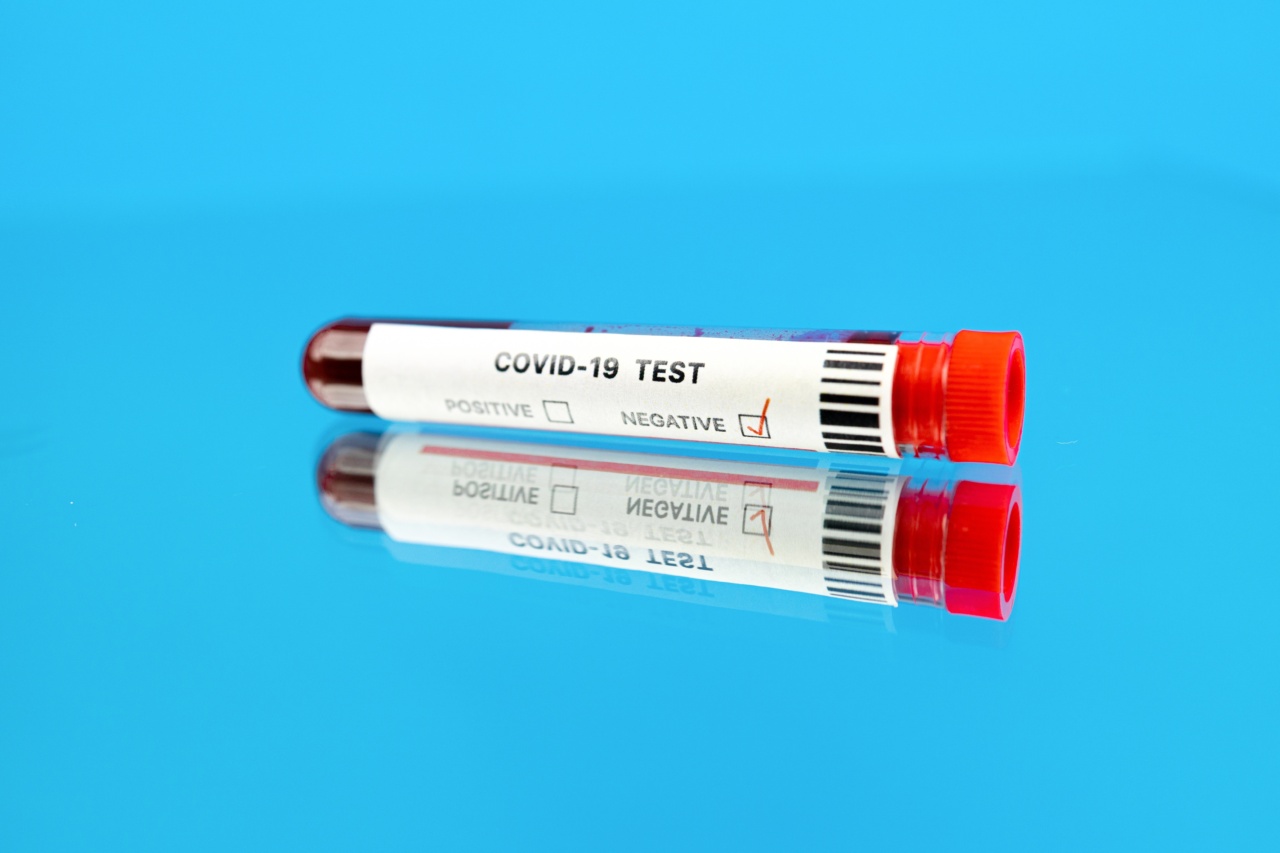Waiting for the results of a medical test can be nerve-wracking, especially when there is a delay in receiving them.
And when the results finally arrive, seeing a negative outcome can bring about a mix of emotions – relief and disappointment being just a few. However, interpreting a delayed and negative test result is not always straightforward, as there may be a few unknown factors at play.
In this article, we will discuss the possible reasons behind a delayed test result, what a negative test result means, and how to interpret it.
Why Are Test Results Delayed?
Test results can be delayed for a number of reasons. One of the most common reasons is that the lab is experiencing a backlog of samples and cannot process them all in a timely manner.
Additionally, depending on the type of test, the lab may need to perform additional testing or confirmatory tests, which can also cause a delay.
In some cases, the sample may have been lost or was not handled properly during transport. This can occur if the sample was not properly labeled, was damaged during transit, or was not stored at the correct temperature.
In these instances, the lab may need to ask for a new sample to be taken and sent in, which can cause further delays.
What Does a Negative Test Result Mean?
A negative test result means that no evidence of the condition or disease being tested for was found in the sample provided.
While this is certainly good news, it is important to note that a negative result does not always mean that you are completely in the clear.
Depending on the type of test and the stage of the disease, a negative result may not be conclusive. For example, in the early stages of an infection, the levels of the virus or bacteria may not be high enough to be detected by the test.
Similarly, some types of cancer can have false negative results, especially if the cancer is small or slow-growing. If there is a suspicion of an undiagnosed condition despite a negative test result, it is important to speak to your doctor and consider additional testing or monitoring.
Interpreting a Negative Test Result
Interpreting a negative test result can be tricky, especially if there is a delay in receiving the results. It is important to remember that a negative result, while reassuring, should not be the sole determinant of your health status.
Other factors, such as symptoms, your medical history, and family history should also be taken into consideration.
If you are experiencing symptoms that are not explained by the negative test result, it is important to speak to your healthcare provider about what other tests or investigations may be needed.
Similarly, if you have a family history of a particular condition, you may be at higher risk of developing it, even if your initial test result is negative. In this case, it is important to discuss with your doctor what steps you can take to lower your risk or to monitor your health more closely.
What to Do if You Are Still Concerned
If you are still concerned about your health, despite a negative test result, there are a few steps you can take. These include:.
Talking to Your Doctor: Your doctor is your best source of information and can provide guidance on what steps to take next.
Seeking a Second Opinion: If you are unsure about the interpretation of your test result, you may wish to seek a second opinion from a specialist.
Keeping a Symptom Diary: If you are experiencing symptoms that are not explained by your test result, keeping a symptom diary can help you and your doctor identify patterns and potential triggers.
Conclusion
Interpreting a delayed and negative test result can be a challenge, but it is important to remember that a negative result is not always conclusive.
It is important to discuss your concerns with your doctor and to consider additional testing or monitoring if necessary. By taking an active role in your healthcare, you can better understand your health status and take steps to maintain or improve it.































